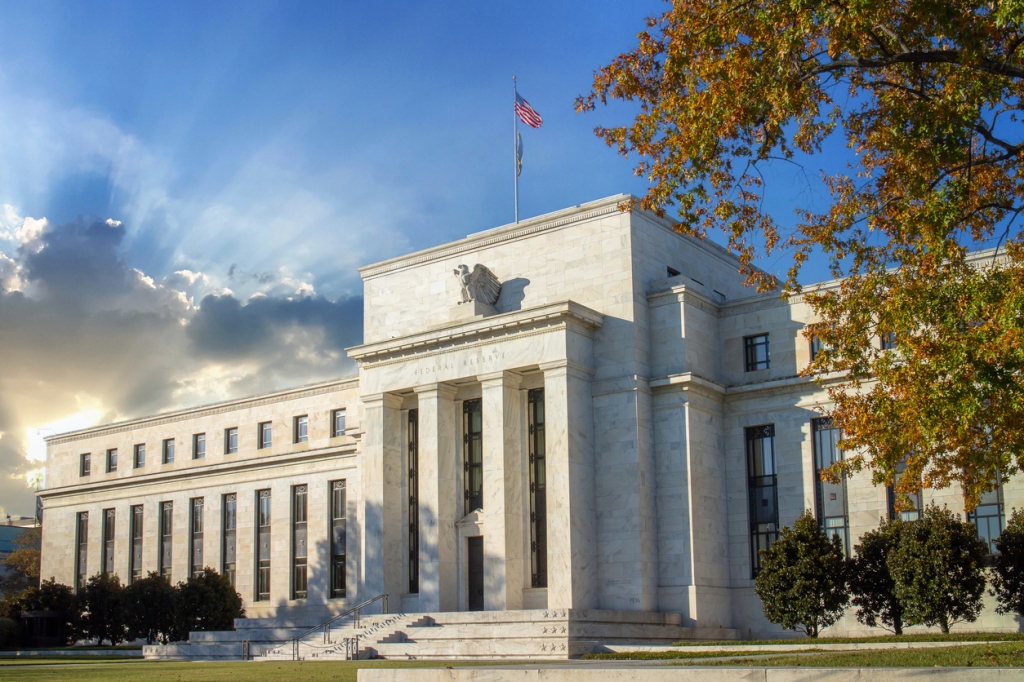View Sale Announcement Detail


Archived news

The August economic report provided investors with more reason for optimism that the Federal Reserve will keep interest rates steady. While the Fed has not ruled out further rate hikes, they will likely stay the course if inflation remains subdued. Fed Chair Jerome Powell claimed that rates hiked enough to lower inflation to their 2% target sustainably. He also wants to see "convincing evidence" of inflation decreasing.
At its most recent regularly scheduled meeting on September 19–20, the Fed decided against raising interest rates, as markets had anticipated. Jerome Powell, the chairman of the Federal Reserve, said that there is still a chance that rates will rise again in 2023.
However, these August data should support the Federal Reserve's decision to cease hiking interest rates and begin lowering them:
This summer, underlying inflation slowed significantly, with price pressures reducing for the third month in August. The core personal consumption expenditures price index, which measures projected inflation, decreased by 0.2 percentage points from June to 3.7%. If this trend continues this fall, it would strengthen the case for the Federal Reserve to halt raising interest rates.
Due to higher gas costs, the Personal Consumption Expenditures Index increased slightly faster last month. After a July increase of 3.4 percent, it jumped to 3.5 percent in August.
However, when expenditures like food and gasoline are excluded, a "core" inflation metric drops noticeably. It increased 0.1 percent over the previous month, which is a relatively slow rate. Inflation will meet the Fed's 2% goal in the coming months if this pattern continues.
The economy has so far maintained a surprising momentum. Retail sales data and company earnings calls imply that American consumers continue spending despite rising borrowing costs. The Friday report also offered encouraging data for the Fed regarding consumption. According to the data, personal consumption expenditures increased by 0.4 percent in August over the previous month, less than economists' predictions.
However, as individuals deal with various issues, such as the depletion of their savings, the resumption of student loan repayments, and high interest rates, spending could decrease.
At their meeting this month, the officials decided to keep the rates steady in the range of 5.25 to 5.5 percent while predicting that the central bank could raise rates again this year. According to the president of the New York Fed, John Williams, the central bank would not need to hike rates again this year. Williams cited indications that labor market imbalances were decreasing. US employers added 187,000 jobs in July, less than anticipated. It is a sign that the labor market is cooling after the Federal Reserve raised interest rates to their highest level in 22 years.
American consumers spent 0.4% more in August than the previous month, fueled by improving employment prospects and higher gas prices. However, new problems, such as the resumption of student loan repayments and increasing gas prices, might further depress expenditure. Strikes and a potential government shutdown could temporarily reduce the ability of certain workers to spend money.
Additionally, some factors that supported consumer spending over the last two years are waning. The stress symptoms are also beginning to show. Many Americans are delving into their savings. The personal saving rate, a gauge of how much money people have left over each month after expenses and taxes, has fallen and hit 3.9% last month.
The economic data from August suggests that the Federal Reserve may change its position. Even if there are still many uncertainties, the data may offer convincing evidence to the Fed, opening the door for a cautious monetary policy in the face of shifting economic dynamics.
With today's higher interest rate environment, talk to an experienced loan sales advisor about reviewing the placement of your portfolio to see whether adjustments would be necessary given your goals, time horizon, and feelings about risk. Garnet is prepared to help you accomplish your strategic objectives. Contact us if you want to buy or sell loans.
Garnet Capital Advisors 500
Mamaroneck Avenue, Harrison, NY 10528
(914) 909-1000
info@garnetcapital.comGarnet Capital Advisors 500
Mamaroneck Avenue, Harrison,
NY 10528
(914) 909-1000